Understanding The Uniqueness Of Asteroid Hygiea
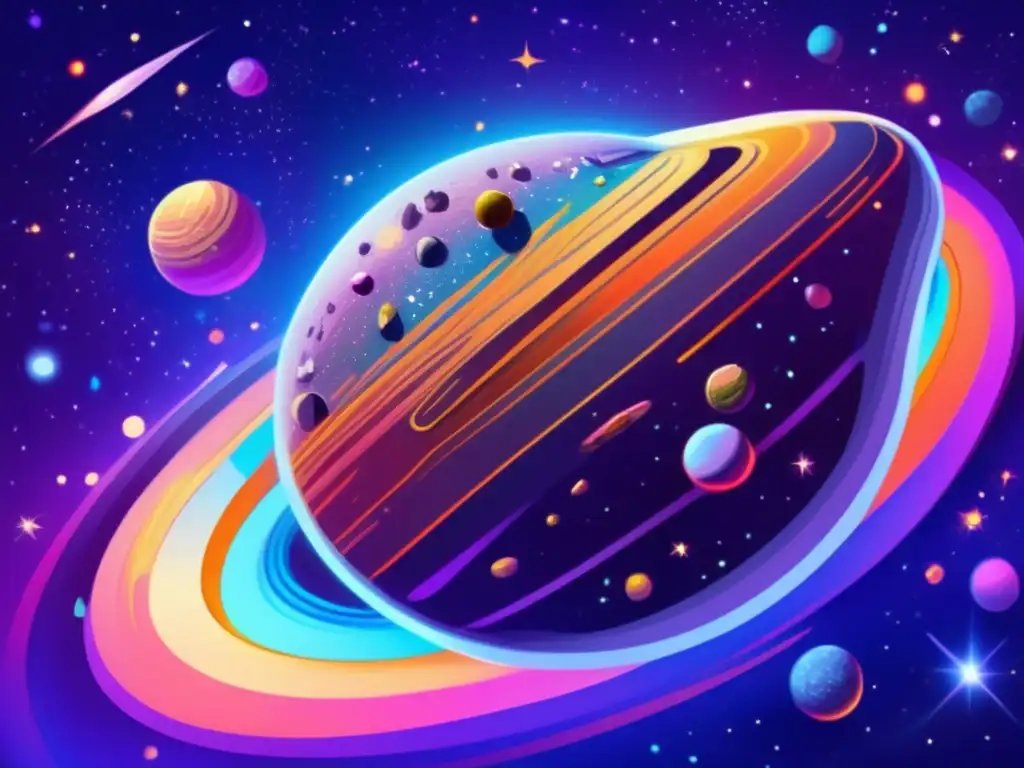
Introduction
Asteroids are fascinating celestial objects that have captivated the attention of scientists and space enthusiasts for centuries. Among the numerous asteroids that populate our solar system, each holds its own distinct characteristics and significance. In this article, we will explore the uniqueness of Asteroid Hygiea, shedding light on its mythology, history, and cultural importance.
The Discovery of Hygiea
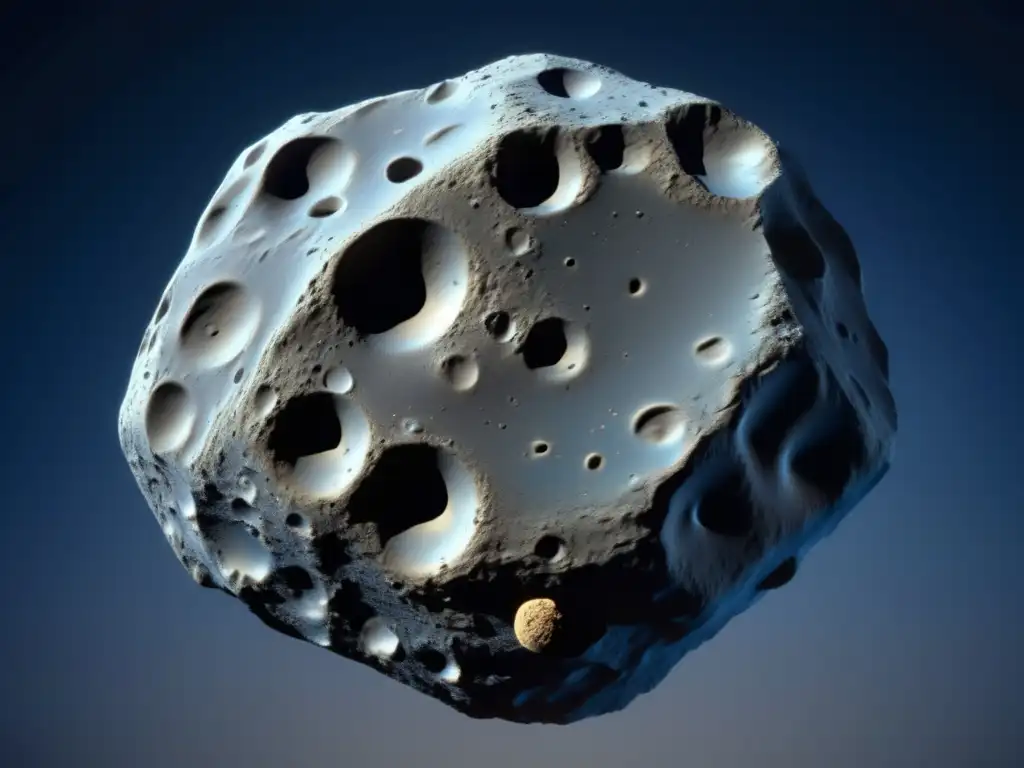
Hygiea's Classification
Hygiea, also known as 10 Hygiea, was discovered on April 12, 1849, by Italian astronomer Annibale de Gasparis. It is one of the largest asteroids in the main asteroid belt between Mars and Jupiter. With a diameter of approximately 430 kilometers, it ranks as the fourth largest asteroid in our solar system. Due to its size, Hygiea has been designated as a dwarf planet candidate, though it has not yet received official classification as such.
Physical Characteristics
Hygiea has an irregular shape and a relatively slow rotation period of about 13.8 hours. Its surface is composed of rocky materials, with traces of water ice detected in some regions. Scientists believe that Hygiea may have once possessed a subsurface ocean, making it a compelling target for future exploration and research.
Hygiea Family
Hygiea belongs to a family of asteroids named after it – the Hygiean family. This group consists of several asteroids that share similar orbital characteristics and are believed to have originated from a common parent body. By studying the composition and dynamics of the Hygiea family, scientists can gain valuable insights into the formation and evolution of our solar system.
Mythological Significance
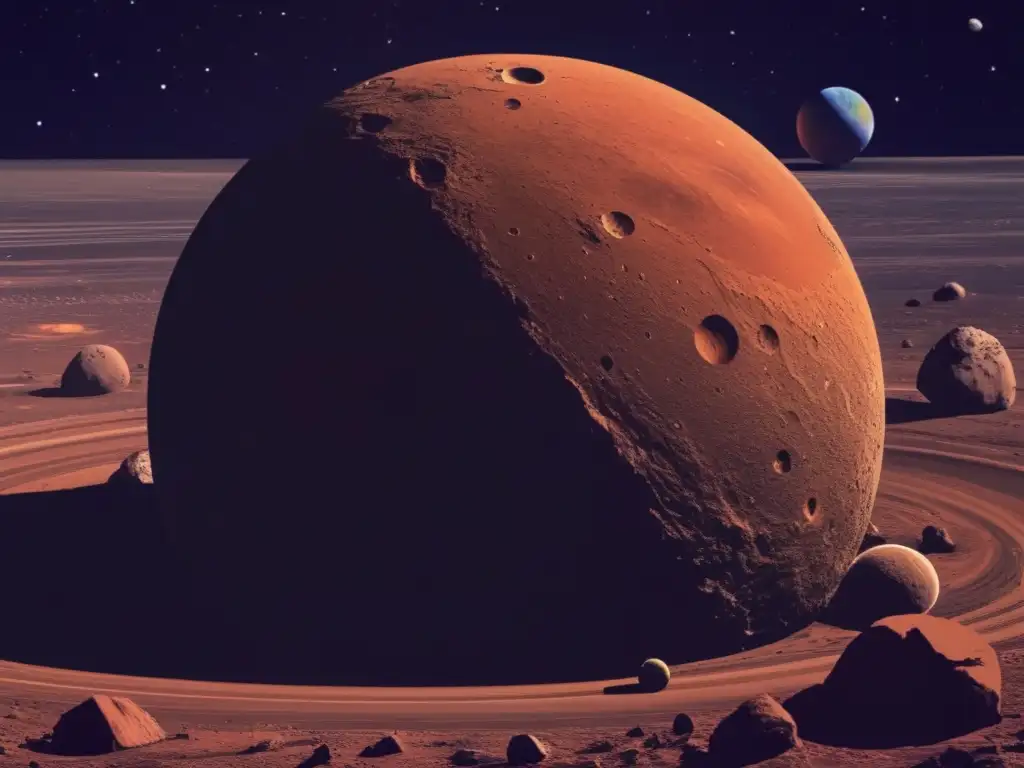
The Goddess Hygiea
In Greek mythology, Hygiea was the goddess of health, cleanliness, and hygiene. She was associated with the prevention of diseases and the maintenance of good health. Hygiea's name has been metaphorically linked to cleanliness and sanitation, reflecting her divine attributes as a protector of well-being.
Cultural Representations
Hygiea's influence extends beyond ancient mythology. Her name has been adopted in various settings related to health and medicine. In the medical field, the term "hygiene" derives from her name, emphasizing the importance of cleanliness and disease prevention. Hygiea's symbolism can also be found in artwork, literature, and even company names associated with wellness and health-related endeavors.
Modern Discoveries and Exploration

Observations and Research
Advancements in technology have enabled scientists to study Hygiea in greater detail. Observations conducted by ground-based telescopes and space probes have provided valuable data on Hygiea's physical properties, composition, and surface features. These discoveries contribute to our understanding of the asteroid's history and its role in the solar system.
Future Missions
As our exploration of asteroids continues, Hygiea remains an intriguing target for future space missions. Scientists propose potential missions, such as spacecraft flybys or landings, to gather more comprehensive data about Hygiea's composition, internal structure, and potential for hosting signs of life. These ambitious endeavors could unlock further insights into the asteroid's uniqueness and its significance in the broader context of planetary science.
Frequently Asked Questions
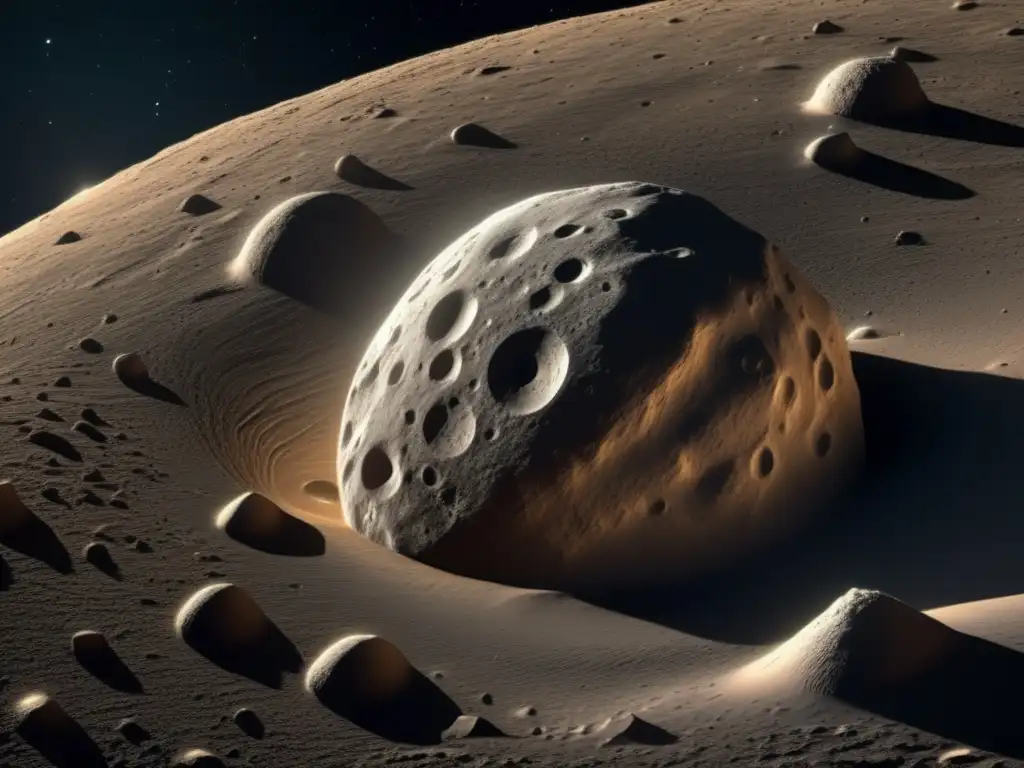
-
What is the size of Asteroid Hygiea?
Asteroid Hygiea has a diameter of approximately 430 kilometers, making it one of the largest asteroids in the solar system.
-
Is Hygiea classified as a dwarf planet?
Although Hygiea is considered a dwarf planet candidate due to its size, it has not yet received official classification as such.
-
What is the significance of the Hygiea family of asteroids?
The Hygiea family of asteroids shares similar orbital characteristics and is believed to have originated from a common parent body. Studying this family provides insights into solar system formation and evolution.
-
What is the mythological significance of Hygiea?
In Greek mythology, Hygiea was the goddess of health and cleanliness. Her name has influenced the term "hygiene" in modern culture.
-
Are there any future missions planned to explore Hygiea further?
Potential future missions include spacecraft flybys or landings on Hygiea to gather more data about its composition and internal structure.
Conclusion
Asteroid Hygiea stands out among its celestial peers, boasting significant size, unique physical characteristics, and mythological importance. Its position as a dwarf planet candidate and its membership in the Hygiea family make it an intriguing subject for scientific exploration. By delving into the mythology, history, and cultural associations of Hygiea, we gain a deeper appreciation for the diverse and enriching tapestry that asteroids bring to our understanding of the universe.
We invite you to share your thoughts and insights in the comments section below. Become an active participant in the Asteroid Realm community by subscribing, sharing this article on social networks, and exploring further resources available on www.asteroidrealm.com. Thank you for joining us on this journey through the wonders of asteroids.
Additional Resources
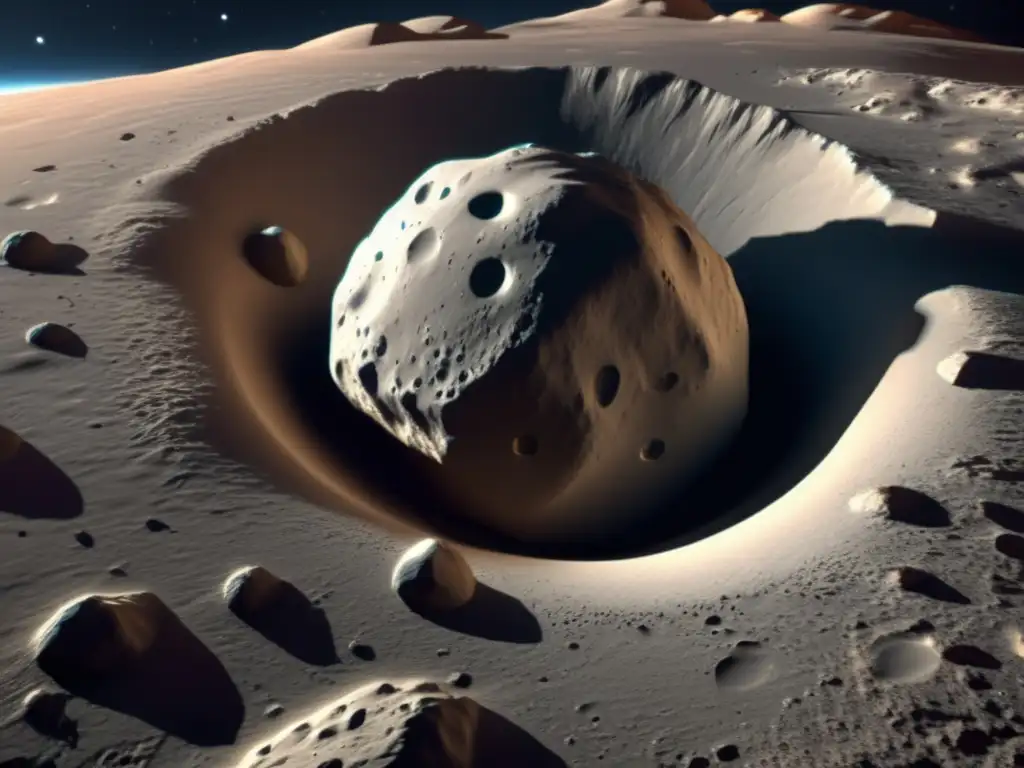
For those interested in diving deeper into the topic of asteroids, here are some additional resources:
 The Characteristics Of The Asteroid Elektra
The Characteristics Of The Asteroid Elektra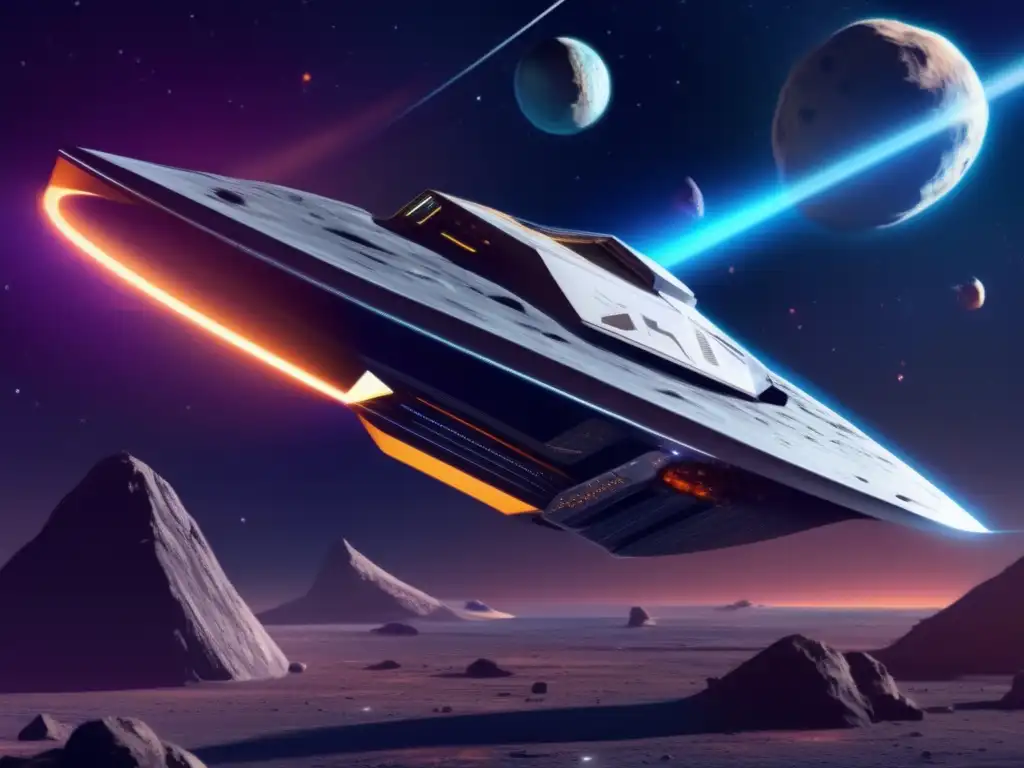 A Close Examination Of Asteroid Calliope
A Close Examination Of Asteroid Calliope The Role Of Asteroid Echo In Astronomy
The Role Of Asteroid Echo In AstronomyIf you want to discover more articles similar to Understanding The Uniqueness Of Asteroid Hygiea, you can visit the Asteroid Profiles category.
Leave a Reply

Articulos relacionados: